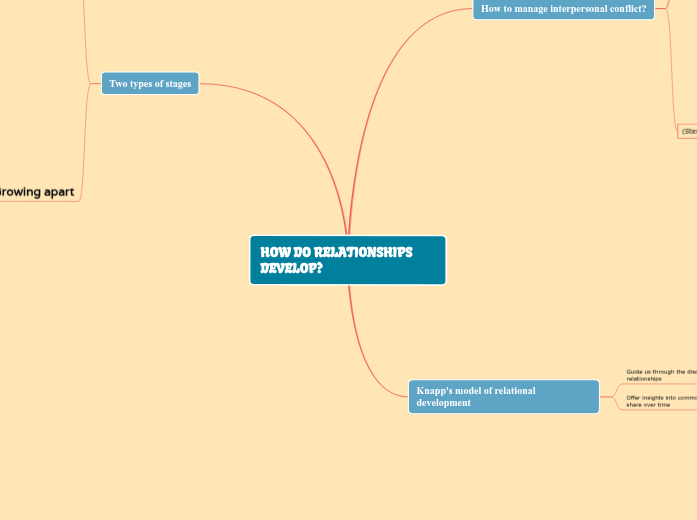What are the principles and practices of collaborative problem-solving? Illustrate these principles and practices using your collaborative problem-solving discussion.
There are four key steps in collaborative problem solving. I will be talking about the foundational principles and the effective practices of collaborative problem solving, including actively listening, credulity, self-assertion, and empathic listening.
Step 4: Choose the best solution
Illustartion-own example
Me and my partner chose to get me ear muffs and an eye mask while I sleep , and it has been working pretty well. So this was a win/win argument.
Selecting the best solution involves considering the needs and perspectives of both people involved in the argument. By weighing in each the pros and cons of each proposed solutions and evaluate how well they address the underlying concerns and needs of each person.
What does it mean to invent a
solution with “mutual gain”?
To have everyone be happy and win the conflict
What does it mean to invent a
solution that is “non-zero
sum”?
To create a solution that is equal, 50/50 for both parties in the conflict.
Step 3: brainstorm
Illustration-Own example
Me and my partner though of a lot of ways to fix the problem we had, get me earphones and a face mask so I cant hear or see him at night playing. Or to have my partner stop playing at 12:30. Or to have my partner play in the common room so he can play as long and as loud as he wants.
Spit out lot's of ideas as you can think of. The more ideas, the better the solution will be.
What are the main principles of
brainstorming?
Brainstorming is a key step in solving the problem. To brainstorm affectively is to encourage open communication and idea sharing. Each person needs to take a turn in expressing their thoughts without interruption
What does it mean to seek
maximum gain?
Brainstorm and evaluate as many solutions as you
can possibly think of
Step 2: Identify the needs
Illustartion-Own example
My needs were for my partner to not be so loud at 2am playing video games when I was trying to sleep. My partners needs were he wanted to play PS4 at night. I told my partner my needs are to get better and longer sleep at night, and his needs were to play video games with his friends from home that he never gets to see anymore.
I statements have no characterizing. Bias solutionizing. Describe concrete event.
Good self assertion statement would be– When you play video games all night I feel unheard and direspected.
Practice active listening. Try to understand the underlying concerns and desires of the other person. When you listen to their words and actions you can find what their needs may be. Using I statements is very helpful in this step.
Now that we both have stated our side of the "argument'', we now need to find the needs and what we want to come out of this conversation. Showing that you care, showing that you
understand. Body language. Eye contact, asking
follow up questions. “Why did you feel that way,
“How do you feel about that."
Why is it important to seperate needs from positions.
A position is the outcome that each party wants. For example, in my conflict, my position was for my roommate to stop playing video games so late at night. His position was he wanted to play video games late into the night. Those two positions conflict. So, we try to find the needs behind the positions. For example, my need was to be able to sleep. His need was to play with his friends at night. So, if we look at our needs, they don't necessarily clash. We could find a solution that meets both of our needs.
What are the two modes of
communication in CPS?
Self-Assertion
Empathetic Listening
Subtopic
How do we identify needs,
emotions, and interests?
You ask why. To get from a position to a need you
ask why.
Step 1: Recognize the humanity of the other
Illustartion-Own Example
Me and my roommate talked to each other, and both stated why we were having this conversation the first place, I brough up this conversation because I felt my roommate was staying up to late and being loud playing video games. I recognized my roommate's humanity by truly understanding his perspective and why he played his video games so late into the night. I put myself in his shoes. I asked him questions (which shows curiosity) which helped me understand his view.
Practices
this step involves lots of empathy, active listening, and respect. It's a key step to acknowledge your partners perspective, and feelings even if you disagree with them.
Dont argue right off the bat, let the other person speak and listen to them. Actively listen
Principles
Credulity
It is essential to view the other person with
credulity. To truly open up a conversation.
Compassion
Compassion is our feeling of care for the suffering of others.
Empathy
To feel for the other person.









